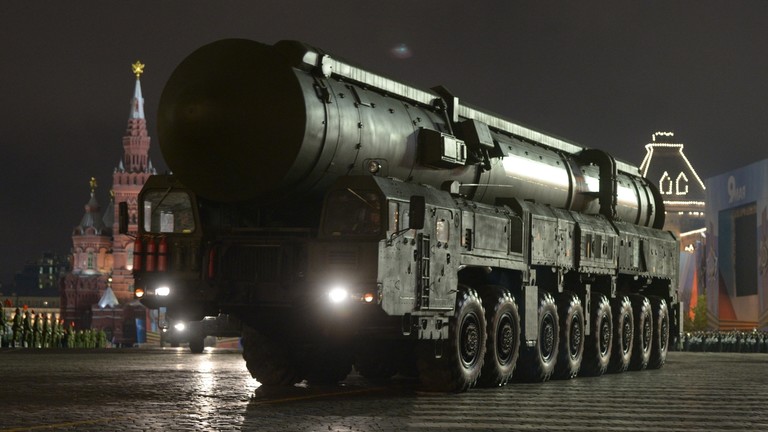
This article is more than
10 year oldIn a decree, President Vladimir Putin accused the US of creating "a threat to strategic stability, as a result of unfriendly actions" towards Russia.
Moscow also set pre-conditions for the US for the deal to be resumed.
Under the 2000 deal, each side is supposed to get rid of 34 tonnes of plutonium by burning it in reactors.
It is part of cuts to nuclear forces.
The US state department said the combined 68 tonnes of plutonium was "enough material for approximately 17,000 nuclear weapons". Both sides had reconfirmed the deal in 2010.
In Monday's decree (in Russian), President Putin said Russia had to take "urgent measures to defend the security of the Russian Federation".
In April, Mr Putin said the US was failing to fulfil its obligations to destroy plutonium. Instead, he argued, the US reprocessing method allowed plutonium to be extracted and used again in nuclear weapons.
Both sides had agreed to build special facilities for disposing of the surplus plutonium.
"We fulfilled our duties, we built that enterprise. But our American partners did not," Mr Putin said.
The US rejected that claim, insisting that its disposal method did not violate the agreement.
Also on Monday, President Putin submitted a bill (in Russian) to parliament setting a series of pre-conditions for the US for the agreement to be resumed, including:
The US - as well as the European Union - imposed a series of sanctions against Russia following the annexation by Moscow of Ukraine's southern Crimea peninsula in 2014, and Russia's support for separatists in eastern Ukraine.
Tensions between Washington and Moscow rose further last month over Russia's bombing campaign in Syria, which some have described as a "war crime".
Russian planes are helping Syrian government forces to hit rebel groups, some of which are supported by the US and its Gulf Arab allies.
Russia is currently modernising its nuclear arsenal.